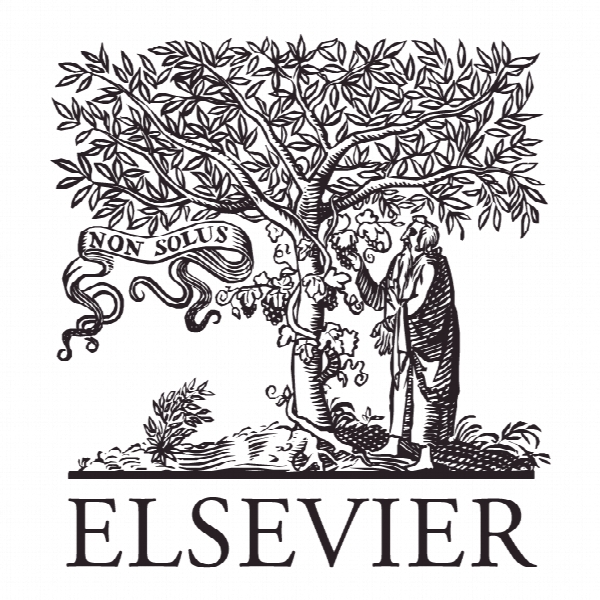استفاده از سیستم های اطلاعات جغرافیایی برای تجزیه و تحلیل جغرافیایی و الگوهای جمعیت شناختی مربوط به مکان های بازرسی موردی در فلوریدا Utilizing Geographic Information Systems (GIS) to analyze geographic and demographic patterns related to forensic case recovery locations in Florida
- نوع فایل : کتاب
- زبان : انگلیسی
- ناشر : Elsevier
- چاپ و سال / کشور: 2018
توضیحات
رشته های مرتبط مهندسی عمران، جغرافیا
گرایش های مرتبط سیستم های اطلاعات جغرافیایی
مجله بین المللی علوم پزشکی قانونی – Forensic Science International
دانشگاه Department of Community and Family Health – University of South Florida
منتشر شده در نشریه الزویر
گرایش های مرتبط سیستم های اطلاعات جغرافیایی
مجله بین المللی علوم پزشکی قانونی – Forensic Science International
دانشگاه Department of Community and Family Health – University of South Florida
منتشر شده در نشریه الزویر
Description
1. Introduction GIS utilizes geospatial analysis to provide information about the physical and cultural environment in which humans live [1]. Regarding forensic science, GIS has been utilized to predict high crime areas, pinpoint locales with a specific type of crime, such as gun violence or drug dealing, in order to promote more effective police intervention, map the locations of human rights violations, predictthe location of mass graves, assess the minimum number of individuals (MNI) and patterns of skeletal element distribution and to analyze the relationship between human recovery locations [2–11]. For the purposes of this research, the authors were interested in utilizing GIS to examine how geographic and demographic factors, such as topography, population density and crime rates, affect the spatial distribution of the forensic anthropology cases that are analyzed by the Director and the CAPHIL analysts at the University of Florida. Forensic anthropology is the application of biological anthropological and archaeological methods, principles, and theory in a medicolegal context. While forensic pathologists examine all human remains under their jurisdiction, forensic anthropologists traditionally consult on burned, fragmentary, and decomposed individuals (e.g., mummified and/or skeletonized). However, the modern purview of forensic anthropology has expanded beyond these scenarios [12]. As a forensic anthropology laboratory, the CAPHIL consults with Medical Examiner’s offices and law enforcement agencies in the analysis of human remains. The CAPHIL assesses a decedent’s biological profile (age, sex, ancestry, stature) and other individualizing skeletal traits (pathological conditions, antemortem trauma, anomalous skeletal variation), as well as the presence of perimortem trauma. In addition, the CAPHIL assists investigative agencies in search and recovery operations.


